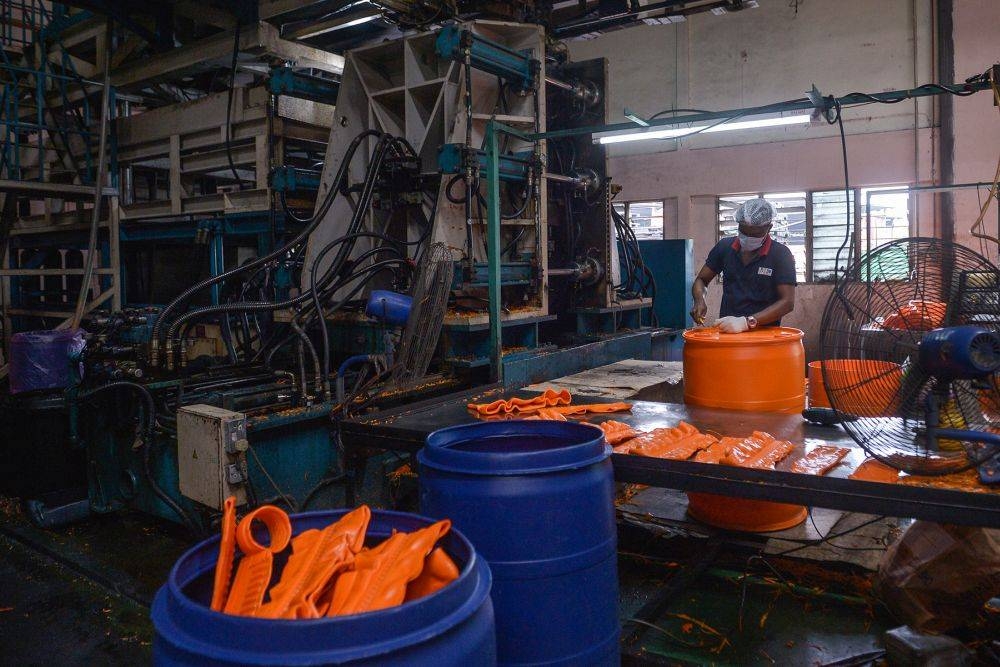Malaysian factory output hits wall in May, hiring sees sharpest fall since August 2020

KUALA LUMPUR, June 1 — Global supply disruptions, price increases to raw materials and a drop in new orders caused Malaysia’s manufacturing sector to stagnate in May, according to S&P Global Malaysia.
In the S&P Global Malaysia Manufacturing Purchasing Managers Index (PMI), Malaysia fell from 51.6 in April to 50.1 in May. A score below 50 denotes contraction while a score above 50 signals expansion.
The research house noted that while Malaysia was marginally inside the expansion zone, its latest position indicated broad stagnation to the sector.
Citing the historical link between manufacturing performance and countries’ economic output, S&P Global Malaysia also suggested that the latest result meant the resurgence in Malaysia’s GDP growth was about to end.
'Manufacturers continued to struggle in May against the headwinds of elevated price pressures and supply chain delays, as well as labour shortages,” said Chris Williamson, chief business economist at S&P Global Market Intelligence.
“Lockdowns in mainland China in particular continue to aggravate the supply situation which, alongside difficulties sourcing workers, has led to a deteriorating factory production trend.”
Manufacturers reported a sharp decline in new orders in May, causing output volumes to recede for a fifth consecutive month.
Companies also reported lower hiring levels in May, which resulted in the sharpest fall reported since August 2020 or during the height of the initial Covid-19 wave.
Among others, firms complained of continued difficulties in sourcing migrant labour and an inability to replace workers who have quit.
Problems with sourcing and receiving raw materials continued to put pressure on input prices, which have risen consistently for two years.
Despite the conditions, however, Williamson said firms still held a positive view of the future.
“Optimism has been buoyed by stronger export sales and signs of a possible peaking of both supply delays and input cost inflation.
“Supply chains lengthened to the least extent for almost a year in May, and input costs rose at the slowest rate since last September; both welcome indications that the supply and inflation crisis may be starting to ease,” he said.